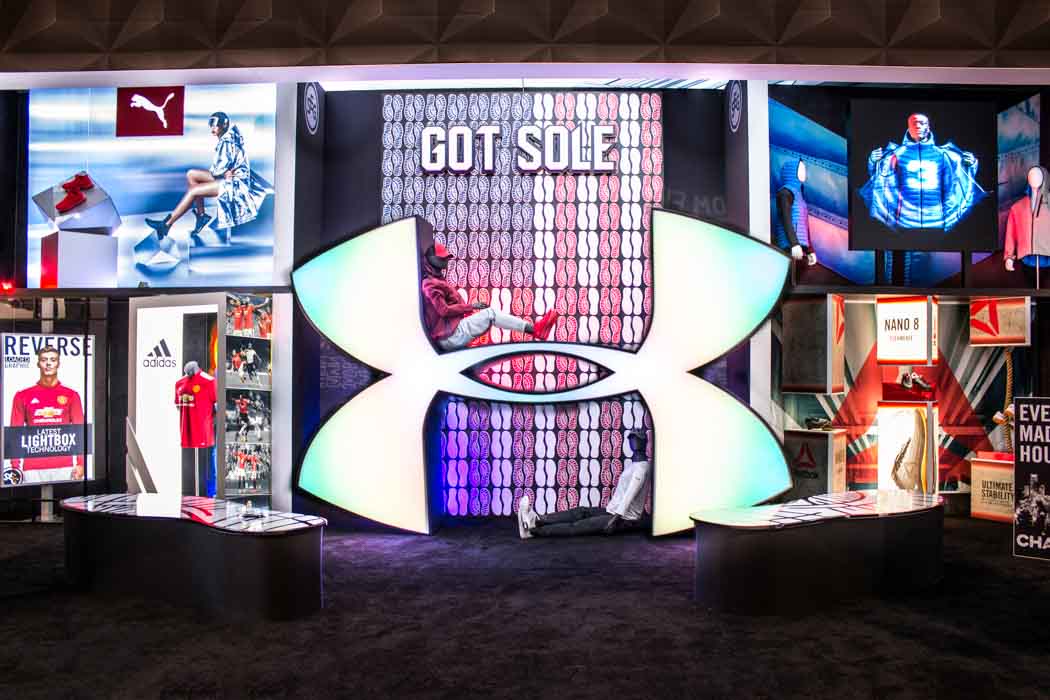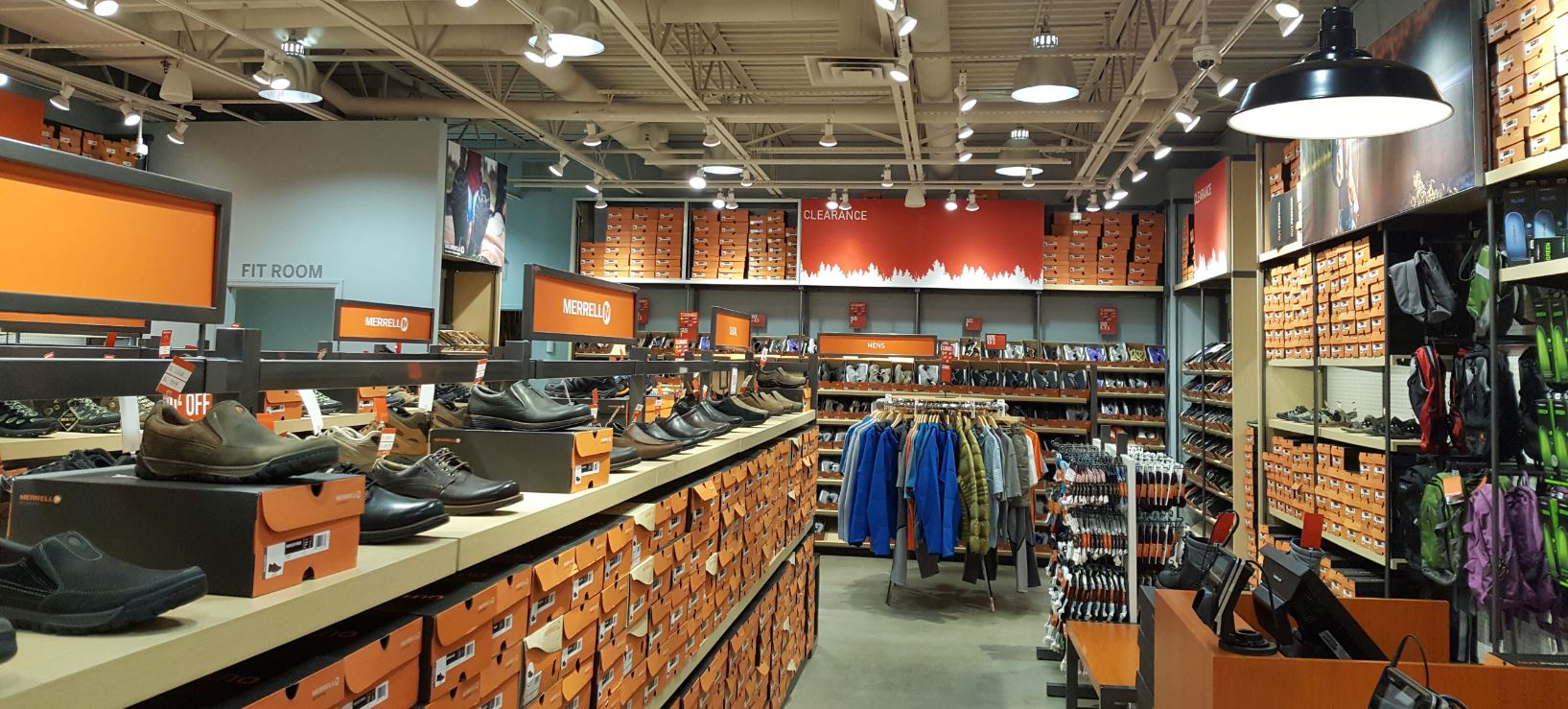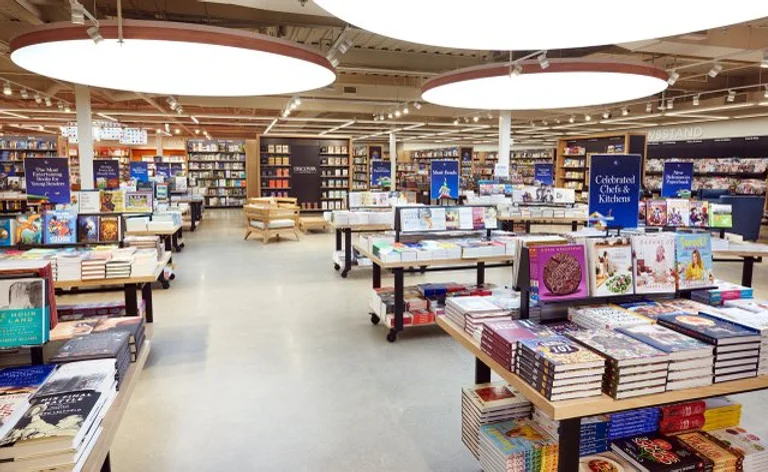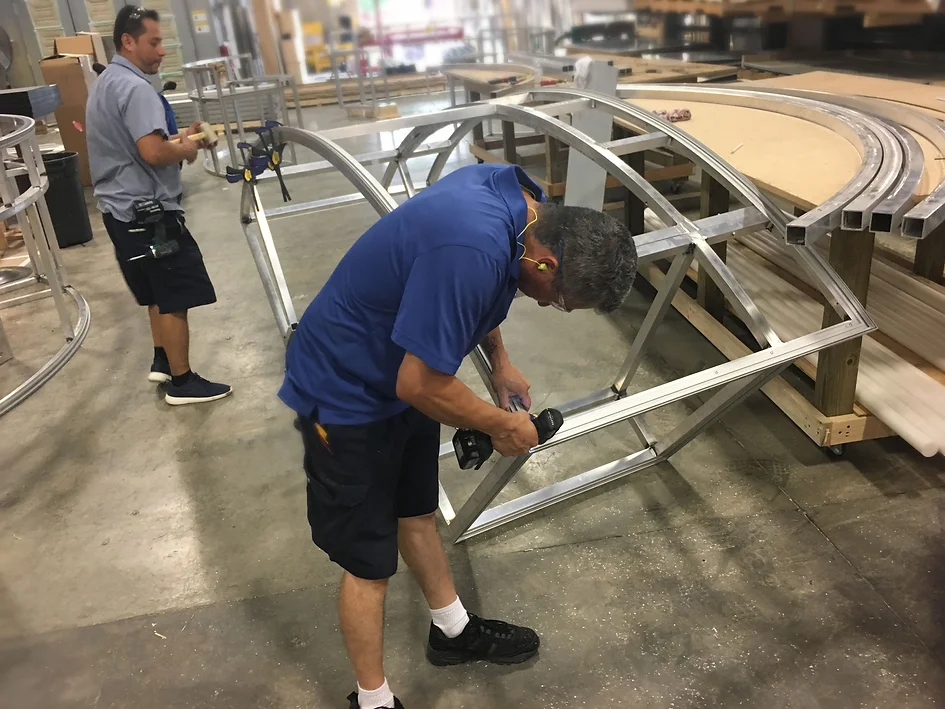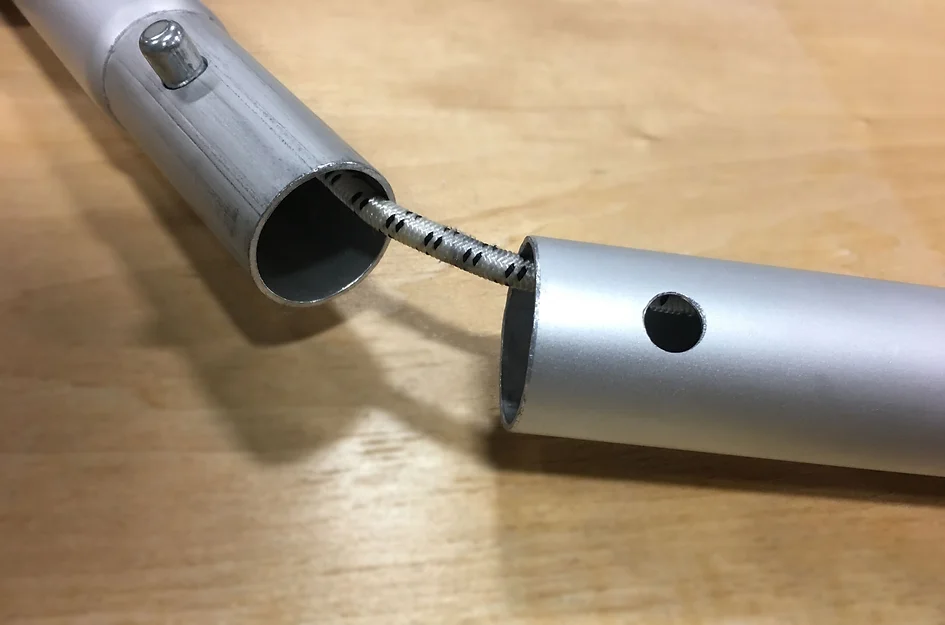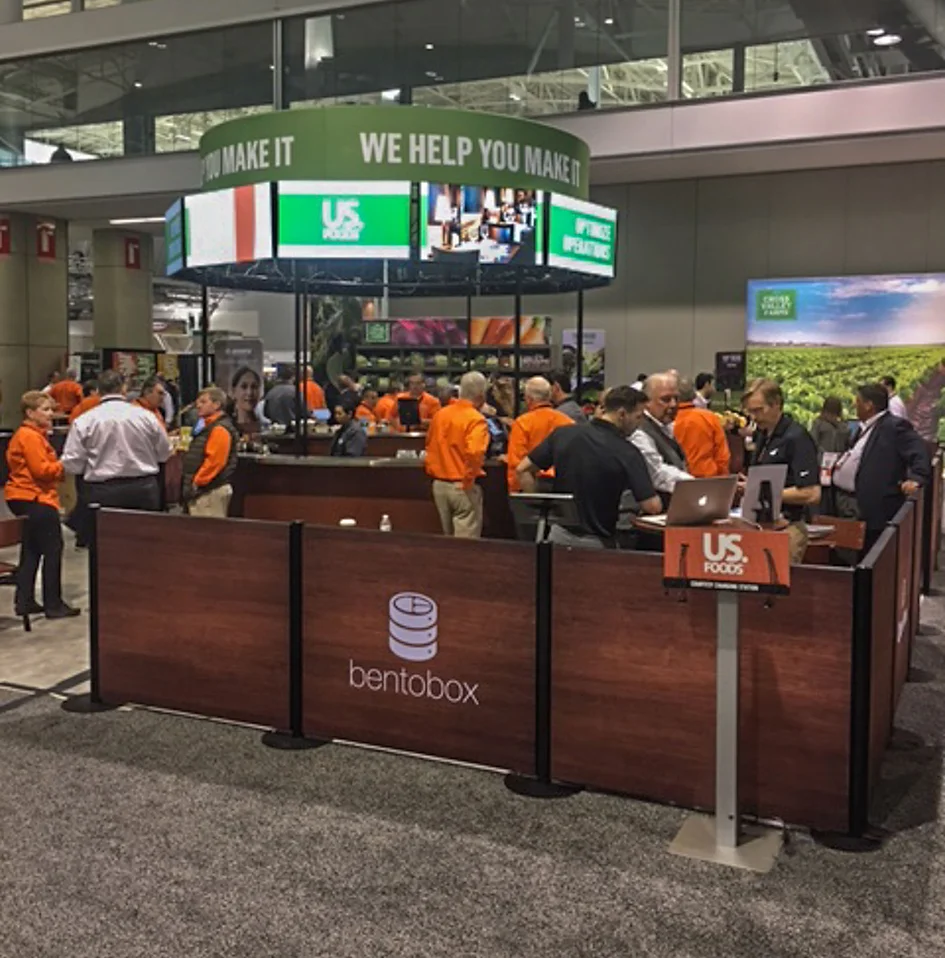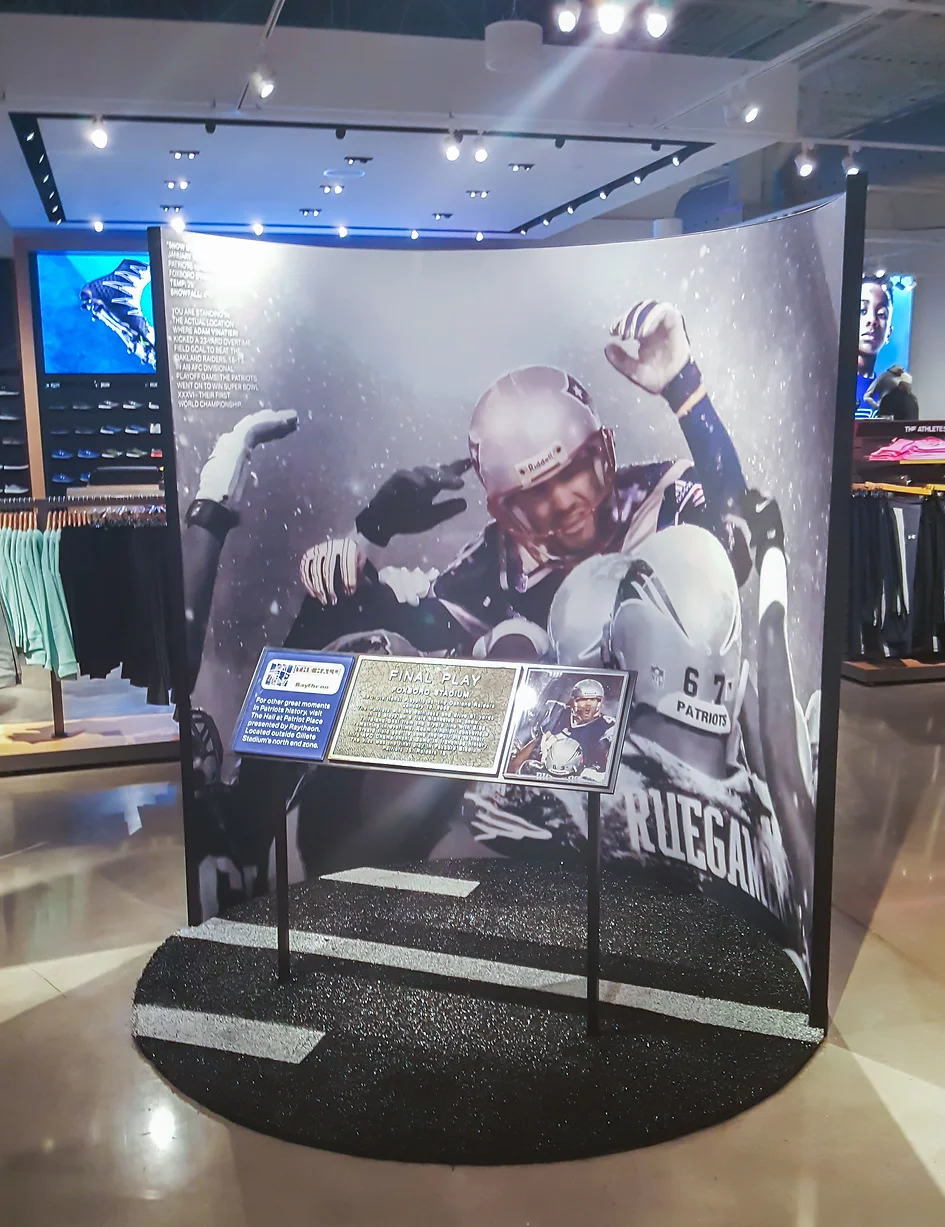3 Things to Consider When Designing a “Shop-in-Shop”
3 Things to Consider When Designing a “Shop-in-Shop”
3 Things to Consider When Designing a “Shop-in-Shop”
A Shop-In-Shop, also often referred to as a Store-in-Store, or a Pop-Up Shop, is a unique concept, perfect for breeding new life into a retailer’s environment. A Shop-In-Shop is when a host retailer provides a designated amount of space in their store to a specific consumer brand, allowing the consumer brand to sell goods under their own brand name. While this is normally mutually beneficial, there are a few crucial things to think about when designing a Shop-In-Shop that will insure success.
1. What Are Your Goals?
What do you plan to accomplish with your Shop-in-Shop? Have sales been struggling and you need to tap into a new market? Or are you a growing business who is trying to expand their reach? Whatever it is, having a clear idea of what you are trying to accomplish is essential to success. Below are 3 common goals a company can have when designing a these experiences.
Revenue Generation

Revenue generation is a key factor in a company’s decision to design a Shop-n’-Shop. A major key is making sure the retailer you are partnering with has similar brand values and consumer base. If the host retailer you have partnered with primarily sales kitchen goods and you are attempting to sale music equipment at your “Shop-n’-Shop”, success rates will be very low. With this in mind however, you want to insure the host retailer is not a direct competitor. Your objective is to provide a service the host retailer is missing and fill the void in the consumer’s needs, not just add to the clutter. Also, if the product you are trying to sale is drastically more expensive than what is normally sold by the host retailer, consumers will likely disregard your product completely. Customers go to that retailer for the specific experience they have created. The “Shop-n’-Shop” you design is to enhance that experience, not detract from it.
Brand Awareness

Becoming a brand like Kleenex is what all brands strive to achieve. The ultimate brand awareness, where your brand name represents for your entire industry, not just your product. That starts with having a lasting impact on the consumer and your industry. When people can experience your product in a real-world situation, they are able to associate an experience with a name. Focus on what sets your brand apart from the others. Show personality, show empathy and show an amazing product, and your consumer is more likely to connect with your initiative.
Customer Engagement
The purpose of a store-in-store is to encourage a relationship between the consumer and your product. You want them to have a personal affinity for your product and to become invested in your brand. This stems from creating a unique, engaging and personal experience in your Store-in-Store. Show multiple situations your product could excel in, give people a way to continue their relationship with your brand. Focus on a long-term relationship rather than the benefits from an immediate, one-off sale.

2. What is the Floor Plan?
After your location has been given to you by the retailer and your goals have been set, the next thing to consider is the space you have available for your Pop-Up shop. Where are you located in the retailer? What other products are near your Pop-Up shop? How big of an area will the consumer have available to navigate the Pop-Up shop? These are just a few factors to take into consideration when thinking of the Pop-Up shop’s floor plan. A common tactic to employ is to not block the consumer, but to slow them down. You can do this by creating two paths for the customer to take with both flowing around the Pop-Up Shop, almost forcing the consumer to interact with your brand.

3. How is your Shop-in-Shop Memorable?
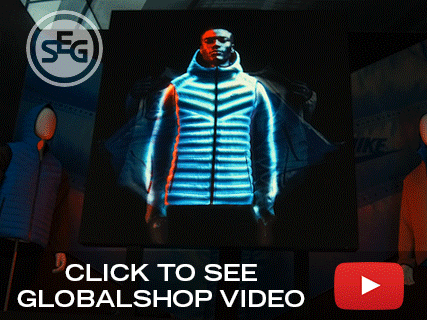
A key to sticking in someone’s memory is by engaging as many of the 5 senses as possible. Sight, touch, taste, smell and sound can all be very important when engaging the customer. In the age of the internet, the retail environment can provide an experience not possible on your computer. Being able to personally experience a product in every capacity gives the consumer a more personal relationship with the product. This is an advantage your consumer brand must take advantage of in a Shop-in-Shop.
Conclusion
Developing a Shop-in-Shop may be difficult but at SEG Systems we have it down to a science. All the pictures and videos above are “Shop-in-Shop” displays manufactured and engineered by SEG Systems, working in partnerships and with consumer brands. We are your one-stop-shop for Shop-in-Shop Manufacturing. Following the tips above and partnering with SEG Systems is the perfect way to insure your Shop-in-Shop initiative will be a success.

